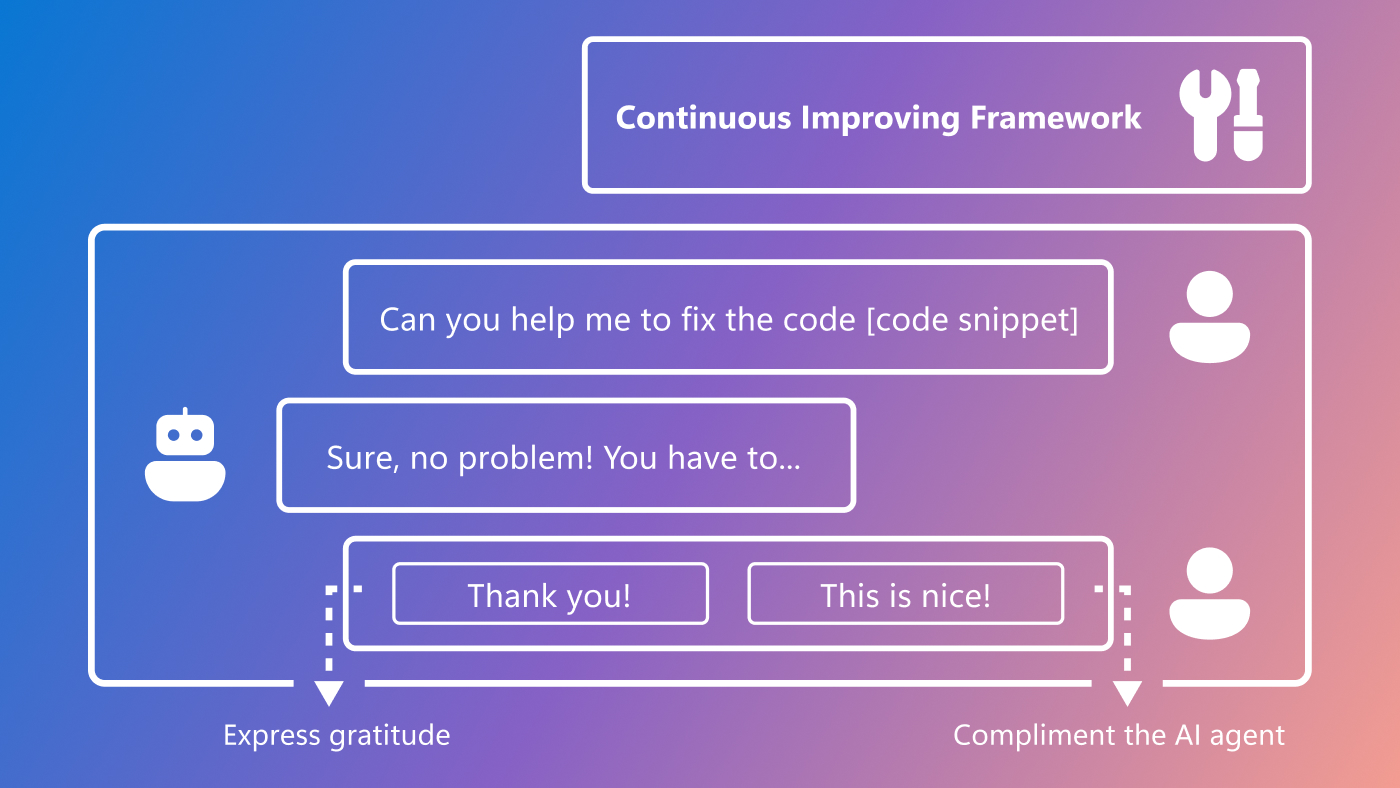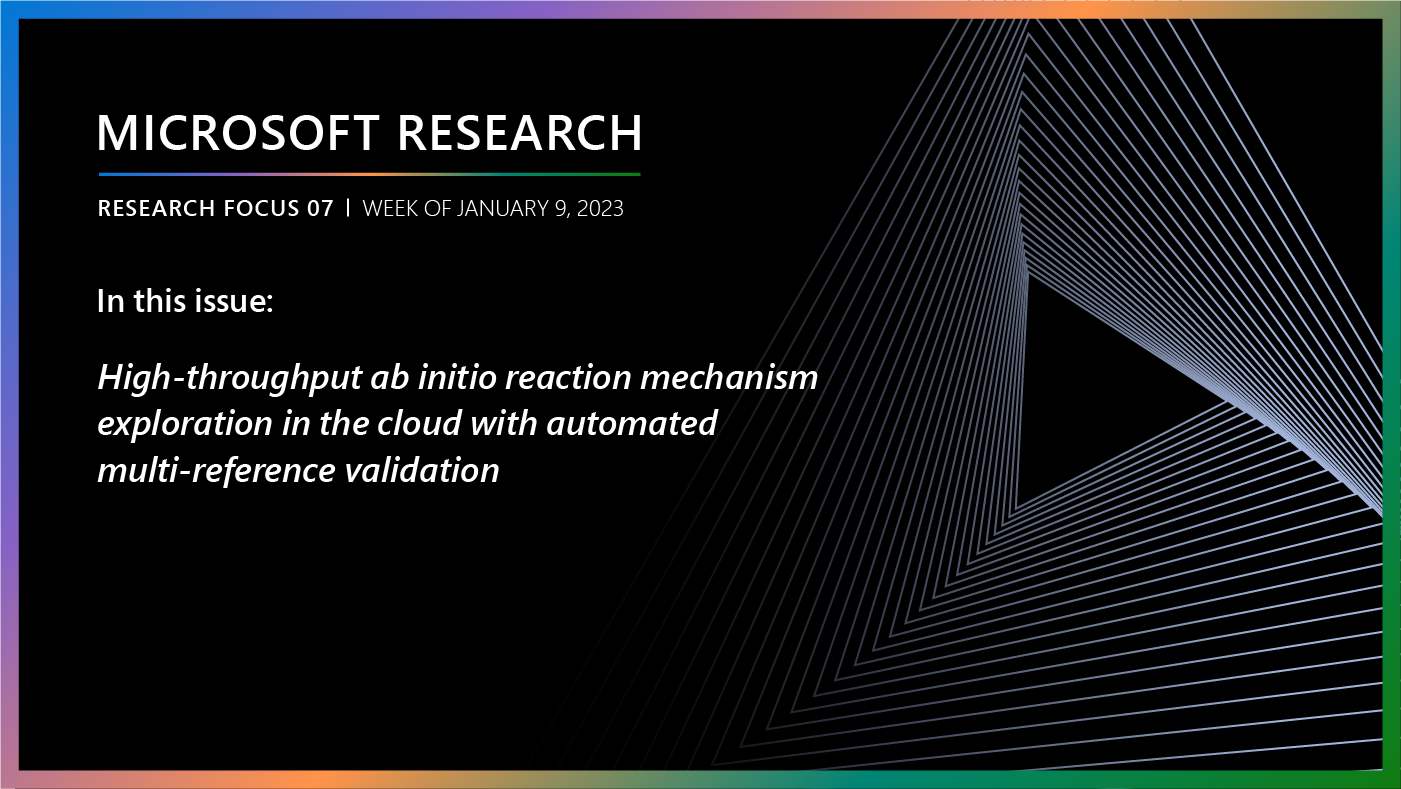By Rob Knies, Managing Editor, Microsoft Research
When you’re looking for information you have stored on your computer, you have a couple of choices. You can search for it, using, for example, Windows® Desktop Search. Or you can browse for it in your file structure. Those tactics commonly are considered two separate, discrete options.
But are they, really?
Spotlight: AI-POWERED EXPERIENCE
When you’re gathering all the information relevant to a particular project, you have to comb through your files to locate all the related items. Your e-mail might exist in one place, your Word documents in another, your PowerPoint® presentations in a third. All of these objects have their own homes.
But must they, really?
These are the kinds of assumptions PHLAT attempts to debunk.
PHLAT is a project from Microsoft Research’s Redmond lab that attempts to streamline the process of sifting through the exponentially growing avalanche of information with which PC users must cope.
In a technical report entitled Fast, Flexible Filtering with PHLAT—Personal Search and Organization Made Easy, researchers Ed Cutrell (opens in new tab), Daniel Robbins, Susan Dumais (opens in new tab), and Raman Sarin set forth their goal and the reasoning behind it:
“We created PHLAT,” the document states, “with the desire to build and deploy an interface that would make finding personal information easy and intuitive no matter what users may remember about their content.
“We believe that personal search will be every bit as important in the evolution of [personal-information management] as Internet search has been for the World Wide Web.”
Large strides have been made in recent years toward helping people gain control of the wealth of information lodged within their computers. Windows Desktop Search (opens in new tab) represents one such advance. But that process is far from complete, and PHLAT aims to improve upon current technology via two methods: 1) blurring the distinction between searching and browsing, and 2) making it expedient to summon disparate types of relevant information by means of a simple, intuitive tagging system.
“What I try to do,” Cutrell says, “is to better understand how people understand the world and how our brains let us function, so we can design the software to better match that, rather than trying to shape the people to match the software.”
Another guiding observation behind the development of PHLAT is a thoughtful analysis of how to make the most of the mushrooming storage capabilities of PCs and mobile devices.
“We use these adjunct memories,” Cutrell says, “and yet they don’t really work the way that our memories work. A lot of my work has been in trying to make getting back at your stuff more intuitive.”
PHLAT grew out of an earlier project at Microsoft Research called Stuff I’ve Seen, which indexed content on a computer quickly and provided an interface to enable that content to be manipulated effectively. The Stuff I’ve Seen project provided the impetus for the development of Windows Desktop Search.
“When we were part way into that project,” Cutrell recalls, “I did an experiment of completely stopping filing all e-mail. I just wanted to find out what would happen if I tried to give my life over completely to just using search. And I found out that it works for about 85 percent of things. When we started the PHLAT project, it was about trying to gain control over that other 15 percent.”
That rogue 15 percent of difficult-to-unearth e-mail mainly consists of short, transitory messages from unfamiliar people and lacking specific references. Such a lack of usual, memorable cues makes it a challenge to write a search query.
Such items often end up in a folder somewhere, but where? Cutrell and associates figured that a tagging mechanism could help solve the challenge.
“We viewed folders as tags,” he says. “Whenever you put something in a folder, really, all you’re doing is labeling that object with text. We’ve got a metaphor of placeness associated with that, but as far as a computer is concerned, all you’re doing is applying some text.
“That’s all well and good, but the problem is that there’s this one-to-one relationship, and that metaphor of putting something into a folder leads to this idea that there’s only one place for this thing. What I wanted to do is just throw out that metaphor completely and say that you don’t have folders, just objects, and you can decorate them with all of the flags you think are important.
“Your navigation can be very similar,” he says, “but now the metaphor is not one of containing. With search as an integrated form of that kind of navigation, it makes it much easier to get back at your stuff. The idea behind PHLAT, put very simply, was to enable you to get back to your information based on whatever you remember about it.”
And then there’s that search/browse dichotomy.
“Our opinion was that that’s a really false distinction,” Cutrell says, “that search and browse are really sort of a continuum and that you should be able to flow anywhere between those two things. If the interface encourages it, then you don’t find yourself having to make that choice: ‘Am I searching, or am I browsing?’ We tried to push those together.”
So much for the philosophical underpinnings of PHLAT. How’s it work?
Rather handily, actually. The user interface for the PHLAT prototype, available for download, would be easily understood by any user of search technology—these days, that is, just about anybody who operates a computer. There’s a white box in which you can type text for which to search, and there’s a pane in which your search results appear. The difference is that PHLAT provides additional ways to filter and sort your query.
Underneath the search text box, there are six filters that can be applied to a search. You can specify the range of dates for which to search, such as today or the past week or month. You can filter by the path to which an item can be found, such as my Inbox, My Documents, my desktop, my hard drive. You can specify a search for documents from a particular person, and you can look for information by the type of document or media that contains it. You can also filter by queries you’ve chosen to save in the past.
In addition, a PHLAT user can filter by tags previously applied to stored information. A few tags—personal, priority levels, status options—come pre-loaded, but it’s easy to add your own. And once you have conducted a search, you can drag a result onto the tag of your choice, or, alternatively, drag the tag onto the result. Do a search for “dog” and tag all of your friends’ dog-related e-mail as “personal,” and you’ll have that set of e-mails at your beck and call at your own convenience.
The filtering procedures actually solve a significant concern with search results: the stuck-filter problem. This occurs when filters are applied to a search query, but the user gets distracted and, upon returning to the search session, forgets which filters are in place, degrading subsequent results. That’s nearly impossible using PHLAT, because all applied filters appear directly beneath the search text box. If you’re looking for that Word document you wrote about dogs last month, you get a prominent visual prompt that you won’t find it until you turn off that “personal” tag.
“What we did with this,” Cutrell explains, “was that, by making all the filters integral to the query box, you can’t start typing a new query without knowing exactly what you’re filtering on.”
In addition to the filters, PHLAT enables users to sort their search results by a variety of means: Document icon, title, author, and tags come pre-loaded, but there are a whole host of other options at your disposal. And the technology includes a stable-sort feature by which if you sort your “dog” results by date, then sort them by author, your previous sort is remembered, so the list of results sorted by author is also sorted by date.
“A lot of what PHLAT is about,” Cutrell says, “is taking stuff that people know about and putting them all together to provide a good experience of interacting with them.”
One more such feature has to do with the date filter. The thinking here is that different kinds of objects have different dates about which the user might care. For a meeting request, the key date would be the date of the meeting. For e-mail, it might be when you received it.
“What we do,” Cutrell says, “is try to figure out what is the prototypical date for a given object that a user is going to care about.”
All of this functionality is designed with one overriding principle, Cutrell explains:
“Never, ever make people think up front about how to formulate their queries. Let them formulate the query as they’re searching. Start by casting a really broad net; if it doesn’t get what you want, tweak it a little bit, and if you get results instantly when you do that, it feels very natural. You want to do as little brain work as possible to get what you want to get.”
Interestingly, the process of devising PHLAT forced Cutrell to do a bit of brain work himself in re-examining one of his preconceptions.
“The name PHLAT originally came from the idea that I wanted to completely flatten out all folder-system hierarchies,” he recounts. “‘Destroy hierarchies—they’re evil!’”
“I was wrong. I was plain wrong. We did a lot of studies, and the more I found out, the more I decided that you don’t throw out the baby with the bathwater. What is wrong with hierarchies is when you force people to use them. But that doesn’t mean you should force them not to use them. Fundamentally, you should support hierarchies if that’s what people want to use, but don’t make them necessary.”
PHLAT debuted in an internal Microsoft trial by Microsoft employees from January through August of 2005, with those people agreeing to have a lot of information about their searches logged.
“What we were trying to do,” Cutrell explains, “is to understand the kinds of things people were looking for and how they were looking for them. How are they using this kind of search technology? How are they using tagging? What is it they’re doing with it? What you really want to understand is, when a person is trying to get back to a piece of information that they know X, Y, and Z about, how do they make that transition? How do they get to it?”
Having collected and incorporated that feedback, by early February, is was time to deliver PHLAT to the world—with one significant difference.
“I was getting a lot of questions from colleagues outside of Microsoft, saying, ‘When can I play with it?’” Cutrell says. “Obviously, we didn’t want to release code that was logging all this information, so we just made a version in which we took all the logging code out completely.”
Once people download the PHLAT prototype, they’ll be able to enjoy enhanced search that provides quick results, customizable and designed to locate that single, indispensable needle within their haystack of personal information. It’s work that has gained attention—the PHLAT paper mentioned earlier has earned a Best of CHI nomination, CHI being the premier international conference on human-computer interaction, to occur this year in Montreal from April 22-27—and it’s work that makes Cutrell and associates proud.
“The coolest thing about PHLAT,” he says, “is the way we integrate queries and filters together. It seems like a small thing, but having lived with it for a year or so, and then using other systems, I really, really miss it when it’s not there, because it’s just very, very intuitive.”
The tagging system, too, may well change the way people use their computers in the 21st century.
“The fact that you can very easily do that,” Cutrell says, “and, with a very quick set of queries, get all of those e-mails, all of the documents, all of that stuff back immediately, is very powerful, and it’s not something you can do today.”





